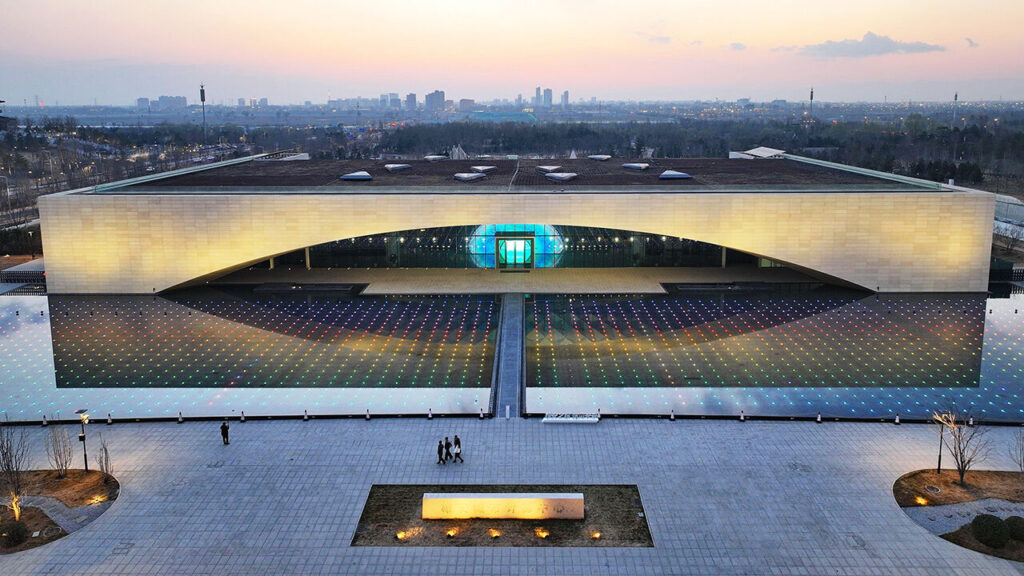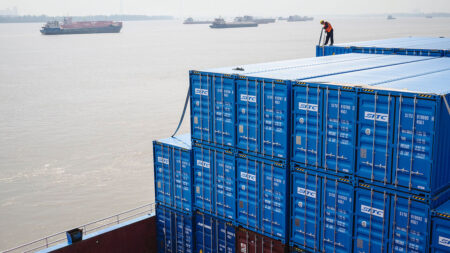Xiongan, branded as China’s “city of the future,” is a significant initiative that reflects the ambitions of Xi Jinping, the nation’s supreme leader. This project has quickly become synonymous with extravagant undertakings that promise much but, to date, have yielded mixed results. Since construction began in 2017, the central government and provincial planners have poured an astonishing 835 billion yuan (approximately $116 billion) into its development. Strategically located 125 kilometers southwest of Beijing, the site was originally marshland but has since been transformed into a grand vision of a modern urban environment.
The purpose of Xiongan extends beyond merely creating a new urban settlement; it aims to address chronic issues facing existing urban areas in China. Officials have promoted Xiongan as a remedy for severe urban problems, such as overcrowding, pollution, and the infamous traffic congestion that chokes major metropolises like Beijing. Imagined to be a green and sustainable city, Xiongan promises residents the luxury of short commutes enveloped in expansive parks, free from the stifling traffic jams that characterize urban life in populous cities. The idyllic image of serene surroundings juxtaposed with sophisticated infrastructure is central to Xiongan’s marketing narrative.
The ideological foundations of Xiongan are steeped in long-term aspirations, as officials have described the project as a key component of a “one-thousand-year plan” aimed at reshaping China’s civilization and urban landscape. This ambitious vision draws on the historical significance of urban development throughout China’s past, with a state-published book even going so far as to equate the establishment of Xiongan with the legendary feats of ancient emperors who purportedly lived over 5,000 years ago. Such comparisons elevate the project’s significance, suggesting that like the edifices built by those ancient rulers, Xiongan is intended to stand the test of time, becoming a cornerstone of national heritage.
However, as Xiongan’s infrastructure and community development continue to unfold, there are myriad challenges and criticisms surrounding the project. Concerns regarding its viability and sustainability are mounting amid reports of underutilization and limited interest from prospective residents and businesses. The urban dream painted by planners contrasts sharply with the reality of sprawling, empty developments that have become characteristic of similar projects across China.
Additionally, the staggering financial outlay for Xiongan has prompted scrutiny from economic observers who question the feasibility and practicality of such an investment. As the funds continue to flow into the city’s infrastructure, doubts arise as to whether such expenditure will ultimately serve the intended purpose of alleviating urban woes in nearby Beijing and other major cities. Critics of the project often label it a manifest example of vanity projects, suggesting that it reflects a misguided prioritization of grand design over function and community needs.
Xiongan’s future remains uncertain, caught between the lofty ambitions of the state and the pragmatic realities of urban living. While the foundational work continues, many analysts are left pondering whether this ambitious “city of the future” will eventually flourish as intended, or become another cautionary tale in the chronicles of China’s urbanization efforts. Ultimately, the evolution of Xiongan will serve as a testament to the challenges and opportunities inherent in balancing visionary planning with the demands of sustainable urban development in a rapidly changing landscape.









